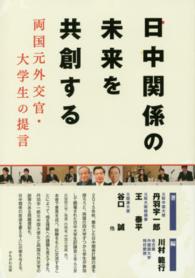Full Description
A High School English Teacher's Guide to Writing Literary Analysis is more than a curriculum resource—it's an invitation. With over fifty flexible lessons and a treasure trove of tools, charts, mentor texts, and AI recommendations, this ready-to-use guide invites teachers to reimagine literary analysis as something intimate, authentic, intellectual, and joyful.
Grounded in research in university courses and high school classrooms, this guide dives deeply into literary analysis, inviting students to learn the art of lingering in texts, seeing more, and developing expressive language to articulate their thinking. Because reading is at the heart of literary analysis writing, half of these lessons lead students back into texts to develop interpretations. The other half of the lessons teach students the craft of writing about texts with insight and voice.
Along the way, this guidebook also offers ways to coach students toward...
● Developing original, evidence-based interpretations
● Crafting nuanced, meaningful theses
● Organizing and elevating their evidence and reasoning
● Strengthening commentary and sharpening analysis
● Refining structure, style, and conventions with intention
● Using AI across the analytical and writing process to deepen thinking and sharpen writing
In a time when student engagement and authentic thinking matter more than ever, A High School English Teacher's Guide to Writing Literary Analysis equips educators with the tools to make literary interpretation both rigorous and relevant. Drawing on real classrooms and fresh scholarship, this book honors student voice, celebrates interpretation, and dares to break the boundaries of the five-paragraph essay. Whether your students are writing about novels, podcasts, or other media, these lessons will help them deepen their thinking, express their ideas, and write about texts with real purpose—for real audiences. With this guide in hand, teachers can foster classrooms where analysis becomes not a formula to follow but a powerful means of self-expression and discovery.
Contents
Part 1: Interpretation and Writing about Reading 1. Collecting Engaging Ideas 2. Crafting Artful Thesis Statements 3. Gathering and Organizing Evidence Part 2: Drafting and Lifting the Level of Analysis 4. Writing with Structure 5. Honing and Integrating Evidence 6. Bolstering Analysis, Developing Commentary 7. Attending to Craft and Conventions







